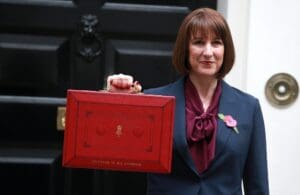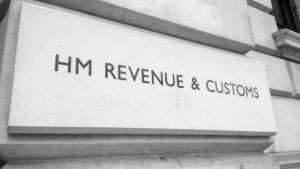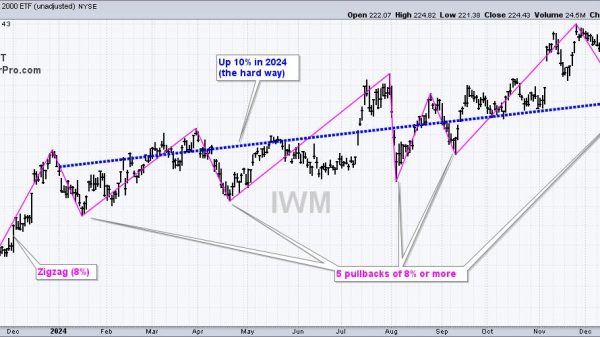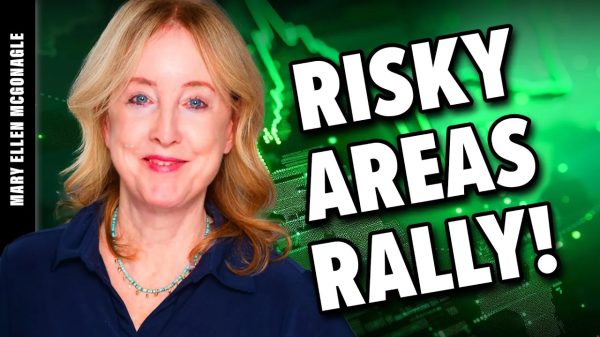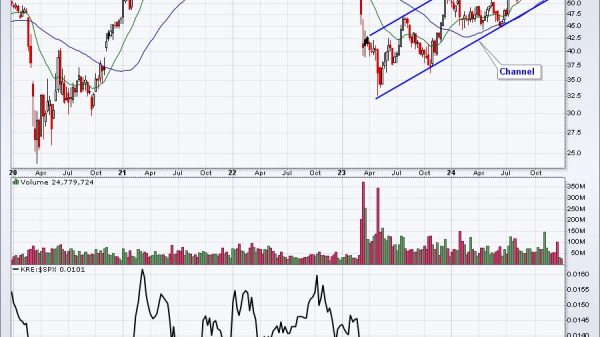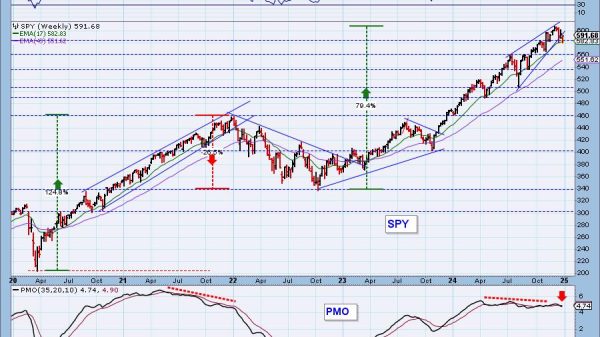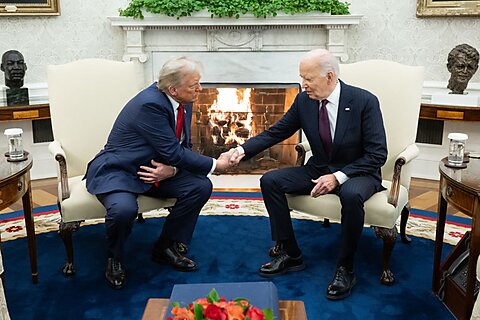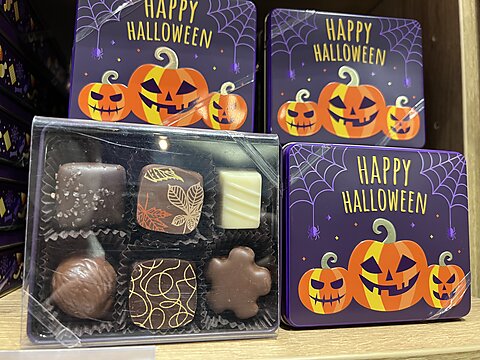Gabriella Beaumont-Smith
Last Halloween, I wrote about how the devilish US sugar program makes candy more expensive. This year, as headlined by The New York Times, Halloween candy is even pricier. The New York Times article cites non‐controllable factors like bad weather and high fertilizer costs, among other problems but curiously misses the US sugar program as a reason contributing to elevated sugar prices. Actually, the piece even goes as far as to blame US reliance on sugar imports as part of the problem:
The United States relies on sugar imports from Mexico, which saw sugar production fall by more than 15 percent this year as a result of drought conditions, according to the U.S. Department of Agriculture. The price of raw sugar traded in global markets, recently around 27 cents per pound, was the highest since 2011.
Parts of Asia, home to several top sugar producers, have also experienced dry weather that hit harvests. India, one of the largest sugar producers in the world, has restricted sugar exports to protect its domestic supply.
The U.S. candy consumer is essentially paying the price for poor crops in Mexico and also Asia,” said John Stansfield, a senior sugar analyst at commodity data platform DNEXT.
So, before I get to this year’s trade‐related Halloween topic, I would like to fill in some of the gaps in this article. Firstly, while the price of raw sugar traded in global markets was indeed recently around 27 cents per pound, the US price was almost 43 cents per pound. The US sugar program’s purpose is to maintain a higher price for US sugar, thus the domestic sugar price is routinely almost double the global price (see the chart below).
Secondly, the US sugar program implements supply restrictions to keep domestic sugar off the consumer market to maintain a higher price—as my colleague, Colin Grabow puts it, the US government “is, in essence, the leader of a nationwide sugar cartel.” Lastly, the sugar program has strict tariff‐rate quotas on imports of sugar so that extremely low quantities can be imported duty‐free, but the excess is subject to tariffs reaching close to 100 percent.
To characterize the US as “reliant” on sugar imports and imply this reliance causes higher sugar prices is misleading. Consumers are paying higher prices because of the US government’s active reduction of the domestic sugar supply and taxes on sugar imports. When uncontrollable factors like weather impact the yields of foreign suppliers, consumers indeed pay even higher prices, but the original culprit of monstrous sugar prices (and thus, candy prices), is the US sugar program.
Now, to this year’s story.
Halloween is the biggest holiday for chocolate sales. Indeed, Americans’ love for chocolate is demonstrated in the time‐honored tradition of Halloween candy trading with friends and family; most Americans say they would trade their gummy candy for chocolate treats.
The US chocolate trade is relatively free as most cocoa‐based products and chocolate have zero or very low tariffs. The sugar program creates some hurdles but, overall, the story of bean to bar is a prime example of globalization:
Cacao trees can only grow in specific climates—primarily in Côte d’Ivoire, Ghana, Ecuador, Cameroon, and Brazil. The beans are then shipped around the world to be processed (roasted and ground into cocoa) and then made into cocoa butter, for chocolate manufacturing.
As illustrated in the figure below, based on 2022 trade flows, Germany, Belgium, and the Netherlands are the largest producers and exporters of chocolate and other cocoa‐based food products, while the United States, France, and Germany are the leading importers of finished chocolate goods. Note, Germany, the Netherlands, and Belgium are leading exporters and importers of chocolate. (If you take our globalization quiz, you’ll learn that often the biggest exporters are also the biggest importers.)
Thanks to globalization, chocolate is integral to US culture, not only serving as currency on Halloween but as a gift on special occasions, and even a daily pick‐me‐up.


